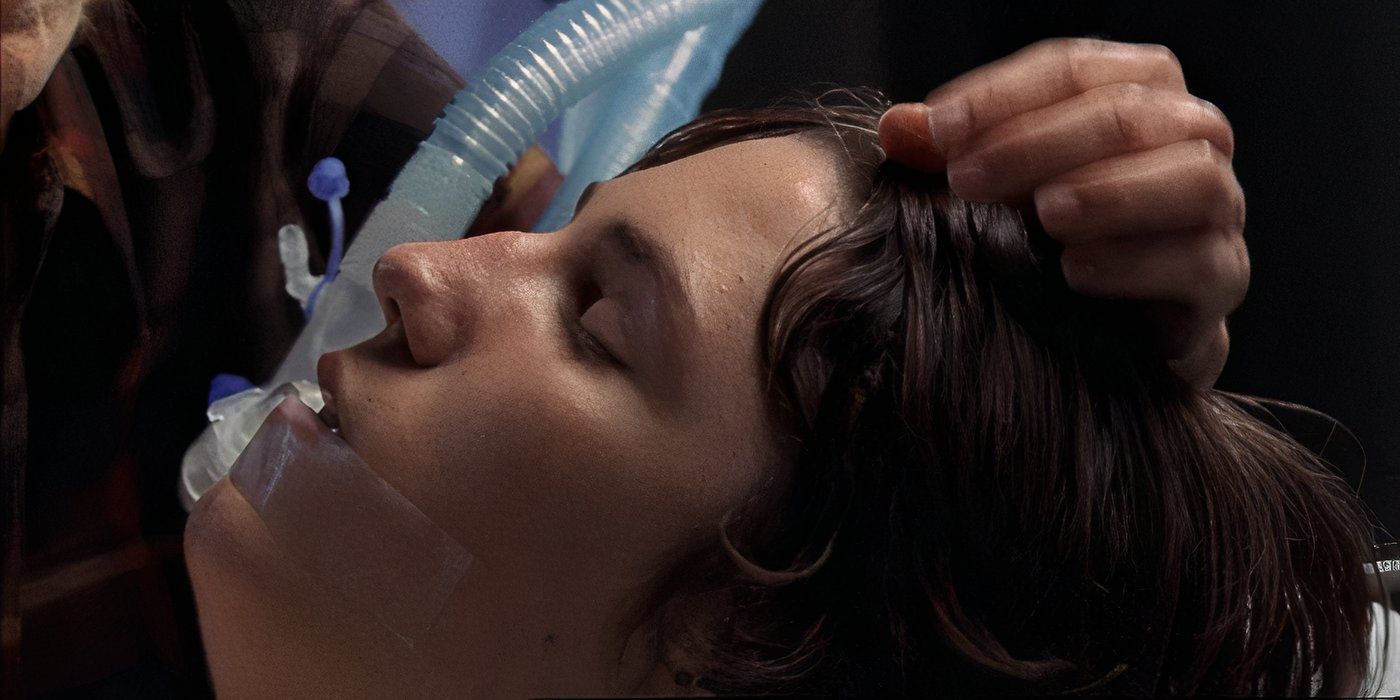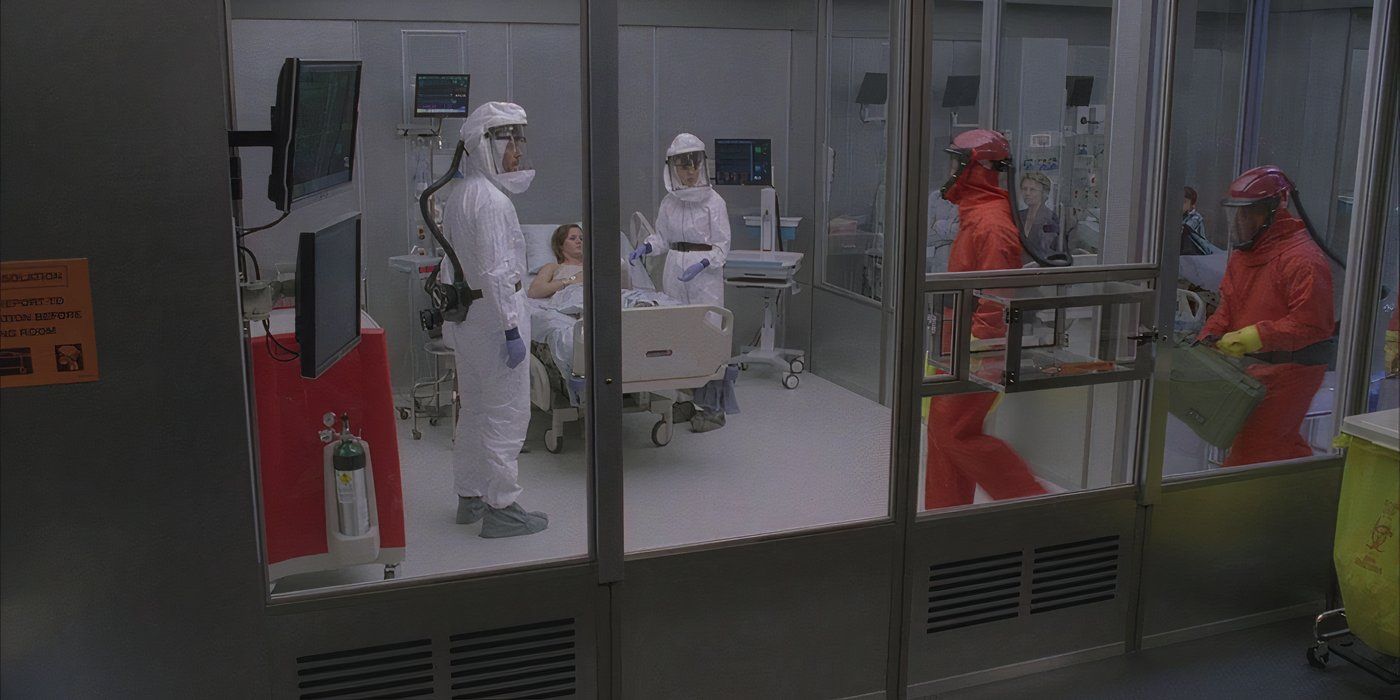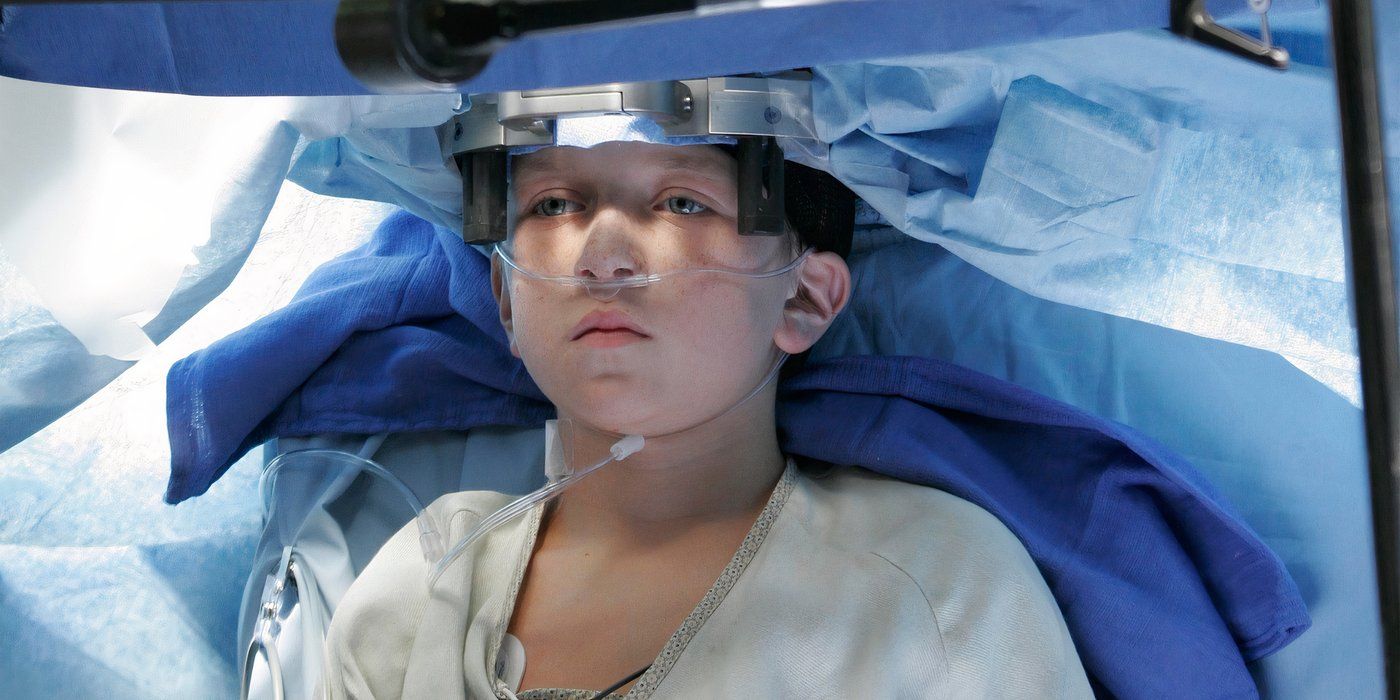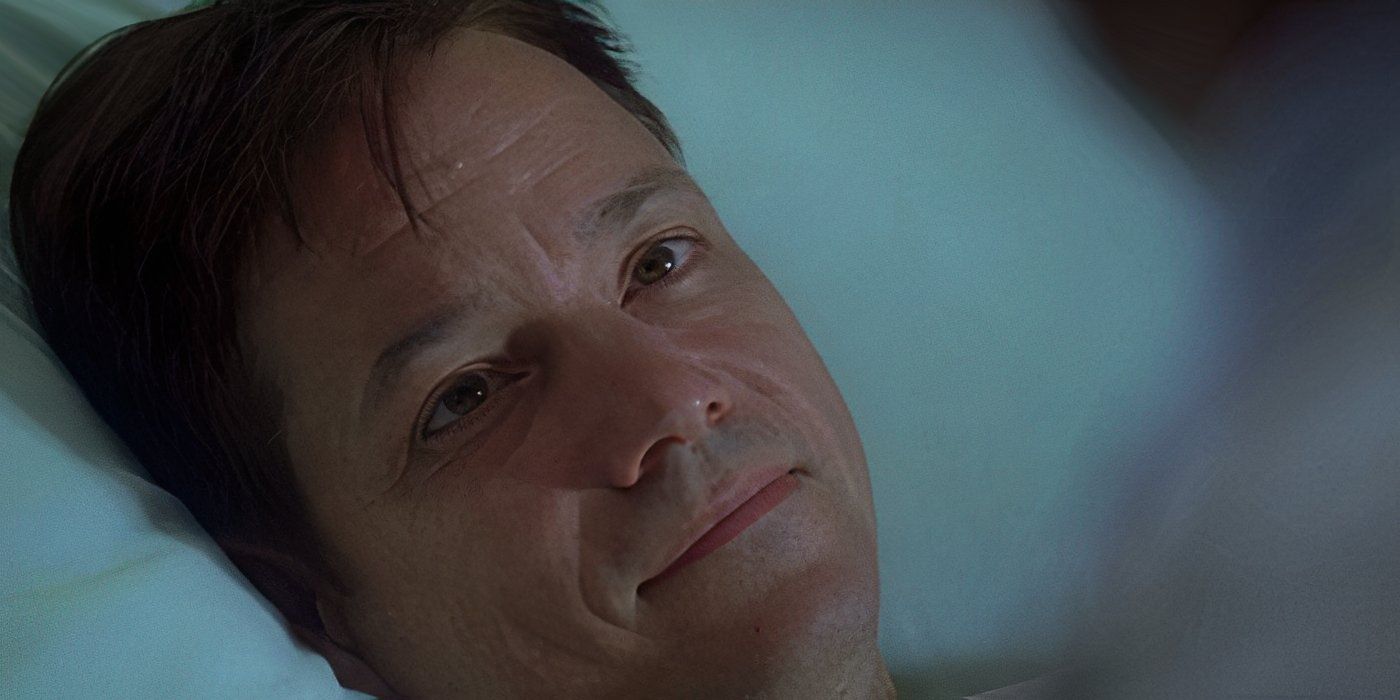Few medical dramas pushed diagnostic boundaries like House. While shows like Grey’s Anatomy and The Good Doctor leaned into emotional beats, House stood out for its hyperintellectual puzzles, turning each patient into a medical mystery that often baffled even the most brilliant doctors. The hardest medical cases in House weren’t just rare or obscure; they were downright deceptive, often hiding behind misdiagnoses, misleading symptoms, or shocking twists. These were more than just clinical puzzles – they were mental chess matches, crafted to challenge Gregory House (Hugh Laurie) and his diagnostic team.
Over the years, these complex cases have stayed with fans. Some of the toughest House cases stand out because of the rare diseases involved, others because of the ethically murky paths House took to solve them. However, what truly sets the hardest medical cases in House apart is how layered and intellectually demanding they were. Fans still talk about the most baffling diagnoses, often revisiting episodes to see where the team went wrong, or how House eventually cracked the mystery. Whether caused by parasites, poisons, or even psychological deception, the hardest House cases rank as the most difficult diagnoses ever tackled at Princeton-Plainsboro.
10
Leptospirosis
Lee In Season 5, Episode 19, “Locked In”
Lee’s (guest star Mos Def, who also appeared in Dexter season 6) case in season 5’s “Locked In” flipped the show’s format and delivered one of the hardest medical cases in House history. Trapped in a paralyzed state with locked-in syndrome after a bike accident, Lee could think and feel, but not communicate. This meant House and his team had to diagnose him using the most limited cues imaginable: eye blinks and vital signs. The mystery deepened when his scans revealed brain lesions that didn’t add up.
One of the most high-stakes saves of the entire series.
What made this case so challenging wasn’t just the rare bacterial infection, leptospirosis, but the fact that House had to make an accurate diagnosis without verbal feedback. Lee had been exposed to rat urine-contaminated water during a triathlon, leading to the infection. But it took relentless deduction, observational brilliance, and some risky guesses to piece it together. The diagnosis came in just before the damage became irreversible, making it one of the most high-stakes saves of the entire series.
9
Radiation Poisoning
Carnell Hall In Season 2, Episode 5, “Daddy’s Boy”
Radiation poisoning isn’t usually the go-to diagnosis in an otherwise healthy college student, which is exactly why Carnell Hall’s case in House season 2’s “Daddy’s Boy” ranks among the hardest medical cases on the show. Carnell (guest star Vicellous Shannon) collapses during a lecture, and his symptoms – pain, fatigue, and rapid deterioration – point in a dozen different directions. From autoimmune disorders to drug use, the team explores it all.
The breakthrough comes when House digs into Carnell’s family background and discovers a hidden occupational hazard. Carnell’s father worked at a nuclear plant and unknowingly exposed his son to radioactive material via contaminated work clothes. This environmental angle was buried so deeply that it almost went unnoticed. The case was especially difficult because radiation poisoning mimicked multiple other illnesses, and there was no initial reason to suspect exposure. By the time the diagnosis was confirmed, Carnell was already in critical condition, highlighting just how close the team came to losing the patient.
8
Organophosphate Poisoning
Matt Davis In Season 1, Episode 8, “Poison”
Season 1’s “Poison” showcases one of the earliest almost-impossible-to-crack medical cases in House, as a high school student named Matt Davis (guest star John Patrick Amedori) experiences sudden and severe neurological symptoms. Initially assumed to be drug-related, Matt’s seizures, hallucinations, and eventual organ failure take the team down a long road of toxicology reports and dead ends. The twist comes when they discover Matt wasn’t the only one affected, as a fellow student had similar symptoms.
“Poison” was among the most complex cases not only in House season 1, but in the entire show.
This led House’s team to trace the issue back to a pesticide used on tomatoes. The culprit, it turned out, were stolen jeans stored in the same truck. The jeans, which were worn by both Matt and his friend, were covered in organophosphates – a class of chemicals that can cause massive cholinergic overload. What makes this case particularly difficult is the narrow diagnostic window and how quickly the symptoms escalate. The organophosphate poisoning was hiding in plain sight, buried under lifestyle assumptions and red herrings, which nearly cost Matt his life. When all is said and done, “Poison” was among the most complex cases not only in House season 1, but in the entire show.
7
Münchausen Syndrome
Anica Jovanovich In Season 2, Episode 9, “Deception”
House season 7’s “Deception,” delivered an incredibly hard medical case that wasn’t just about rare symptoms, but about a patient who deliberately fakes them. Anica Jovanovich (guest star Cynthia Nixon) presents with dramatic and inconsistent symptoms that keep changing faster than House’s team can keep up. However, something doesn’t add up: test results don’t match the clinical presentation, and treatments seem to make her worse, not better.
Eventually, House deduces the unthinkable – Anica has Münchausen syndrome, a psychological disorder that compels patients to fake illness for attention. Diagnosing it is nearly impossible because the symptoms are real, at least in presentation, and the patient is actively deceiving the doctors. The reveal is shocking, but it also underscores the case’s complexity. It was never about identifying a rare pathogen or obscure condition—it was about reading human behavior. In a show full of twisted diagnoses, this remains one of the hardest medical cases in House due to how it weaponized deception itself.
6
Rickettsialpox
Julie & Niles In Season 7, Episode 7, “A Pox On Our House”
When a young girl named Julie (guest star Alina Foley) collapses after finding an old bottle on a sunken ship, “A Pox On Our House” sets up a full-blown public health panic. Suspecting smallpox, the CDC gets involved in this nail-biting House season 7 episode, and Princeton-Plainsboro goes into lockdown. The stakes are massive, and with time running out, the pressure to identify the illness becomes overwhelming.
House, of course, isn’t buying the smallpox diagnosis. His hunch leads him to consider rickettsialpox, an infection spread by mites rather than viruses. The symptoms mimic smallpox closely enough to create confusion, especially in an emergency setting. Eventually, he proves that it’s not a deadly outbreak but a treatable bacterial infection. Still, the case stands as one of the hardest medical cases in House because of the intense external pressure and the razor-thin margin for error. Misdiagnosing this one wouldn’t just kill the patient – it could’ve sparked a national crisis.
5
Chimerism
Clancy Green In Season 3, Episode 2, “Cane & Able”
In season 3’s “Cane & Able,” Clancy Green (guest star Thomas Dekker), a young boy who believes he’s been abducted by aliens, becomes the center of one of the most bizarre – and hardest – medical cases in House. The initial belief is psychiatric, with his fantastical claims dismissed as delusions. However, when strange physical symptoms emerge, the case takes a sharp turn. Clancy is subjected to dozens of tests as his condition worsens, and the eventual diagnosis is one nobody sees coming. Of all the tough medical cases, Clancy’s was so bizarre that it stands as an example of the kind of out-the box plotlines House does better than other medical dramas.
It required House to think beyond biology and into genetics in a way no textbook ever prepared for.
House eventually uncovers that Clancy has chimerism, two sets of DNA in one body due to the absorption of a twin in utero. This explains the conflicting test results and why his immune system appears to be attacking itself. Diagnosing chimerism is incredibly rare and even more difficult because most standard medical tests assume a single DNA identity. This made Clancy’s condition not just medically obscure but almost invisible to the typical diagnostic process. It’s one of the hardest medical cases in House because it required House to think beyond biology and into genetics in a way no textbook ever prepared for.
4
Eperythrozoon Infection
Robert Elliot In Season 4, Episode 5, “Mirror Mirror”
Robert Elliot (played by Pulp Fiction cast member Frank Whaley) wakes up with a personality-mirroring condition in House season 4’s “Mirror Mirror” – he mimics the dominant traits of anyone he interacts with. While it seems psychological, House suspects a physical explanation, and that’s where the diagnostic nightmare begins. The condition stumps the team not only because it’s rare but because it constantly changes their perception of the patient.
The true culprit turns out to be an Eperythrozoon infection, a rare bacterial disease that affects red blood cells and causes erratic neurological symptoms. Diagnosing it involves ruling out dozens of other possibilities, and the patient’s chameleon-like behavior constantly misleads the team. This was one of the hardest medical cases in House not just due to the medical complexity, but also because the team couldn’t get a consistent sense of who the patient even was. It was a battle between psychology and biology, and biology barely won.
3
Bubonic Plague
Hannah In Season 2, Episode 18, “Sleeping Dogs Lie”
Bubonic plague in modern-day New Jersey is a diagnosis nobody expects to hear. That’s what makes Hannah (Jayma Mays) in “Sleeping Dogs Lie” one of the most shocking and hardest medical cases in House. The young woman presents with fatigue, insomnia, and eventually kidney failure. As her condition worsens, the team jumps between autoimmune disease and poisoning, missing the true diagnosis until it’s almost too late.
House ultimately discovers she contracted the plague from a flea-infested pet, an ancient disease reappearing in an entirely modern setting. The diagnosis was delayed because the symptoms were subtle and escalated slowly. No one expected bubonic plague in a post-antibiotic era, which is exactly what made it so dangerous. This case proved that even the most archaic diseases can still throw the best doctors off the scent – and that made it one of the hardest medical cases in House history. What’s more, the symptoms are such that it;’s easy to see why the bubonic plague inspired so many horror movie diseases.
2
Hallucinogenic Parasite Allergy
Abby Nash In Season 6, Episode 15, “Black Hole”
The House season 6 episode “Black Hole” features Abby Nash (guest star Hayley McFarland), a brilliant teen astrophysicist who collapses after giving a lecture. Her symptoms – visions of black holes, vivid hallucinations, and memory lapses – initially suggest a neurological or psychiatric condition. However, no one can find a unifying diagnosis. House and his team rule out almost every condition imaginable, and it’s only when learning of a brief encounter between Abby and her boyfriend’s father than House figures out the truth (and it’s even more unlikely than Lupus).
House discovers that Abby is having a rare allergic reaction to the remains of a parasite that were lodged in her brain. She’d contracted the parasite after being intimate with her boyfriend’s father. While the parasite itself appeared relatively harmless, it turns out that Abby was allergic to its shell. This ranks high among the hardest medical cases in House because it merged biology, psychiatry, and environmental science into one nearly unsolvable riddle.
1
Erdheim-Chester Disease
Esther Doyle In Season 2, Episode 17, “All In”
Esther Doyle (guest star Diane Baker) appears in season 2’s “All In,” which showcases a haunting case that mirrors one House failed to solve years earlier. Esther was a patient who died under House’s care in 1994 and, by the time of the show, he’s still been unable to diagnose the illness that killed her. In the present, House becomes obsessed with saving the life of a young boy with near-identical symptoms as a way to redeem himself. His symptoms span multiple systems – neurological, gastrointestinal, and skeletal – but no single explanation fits.
House eventually diagnoses the boy, and Esther, with Erdheim-Chester disease, an extremely rare form of non-Langerhans cell histiocytosis. It’s so obscure that few doctors would ever encounter it, let alone know how to identify it. What makes this the hardest medical case in House isn’t just the rarity of the condition – it’s the emotional weight behind it. House is racing against both time and guilt, knowing what failure would mean. In the end, he saves Esther, but not before nearly repeating history. It’s a harrowing reminder that sometimes the hardest cases aren’t just about the diagnosis, they’re about the doctor making it.

House
- Release Date
-
2004 – 2012-00-00
- Network
-
FOX
- Showrunner
-
David Shore








